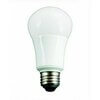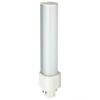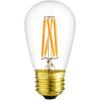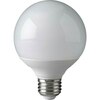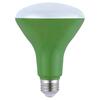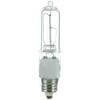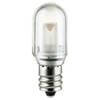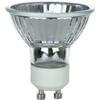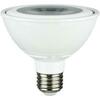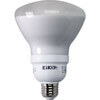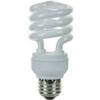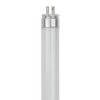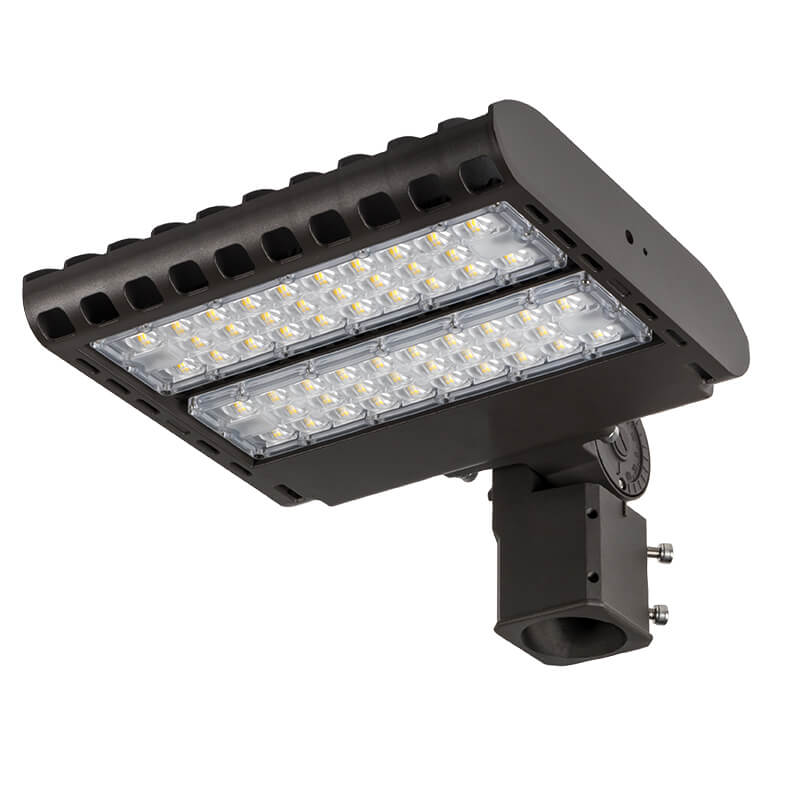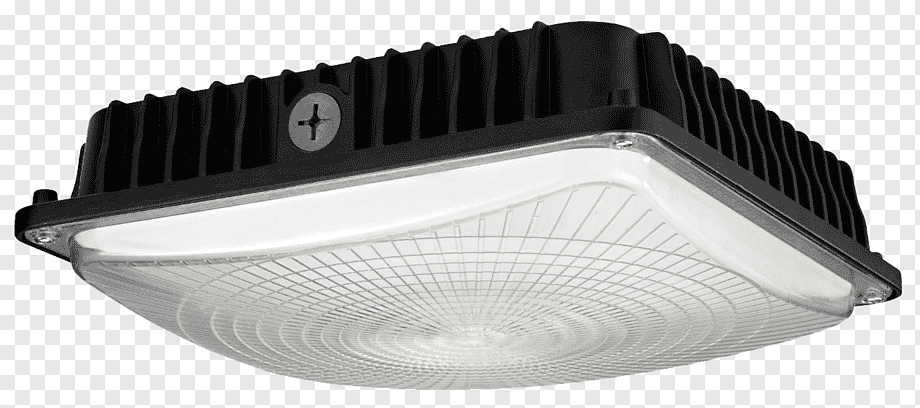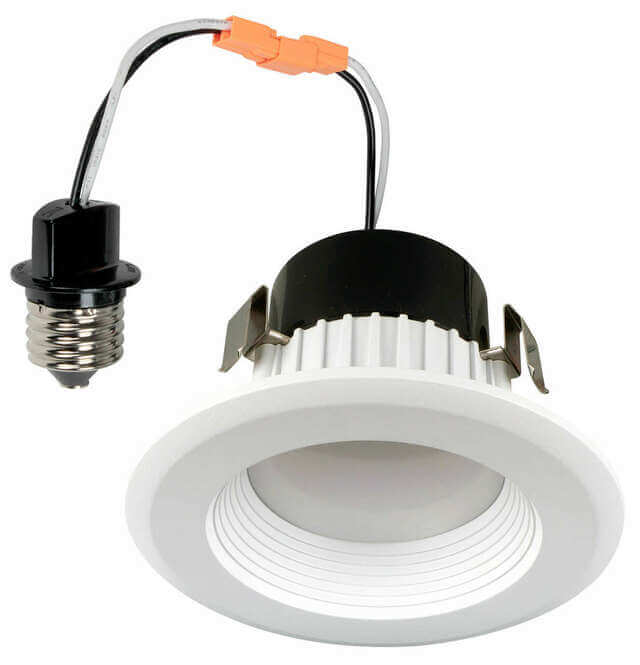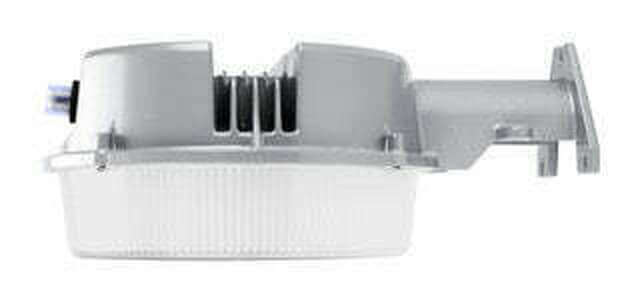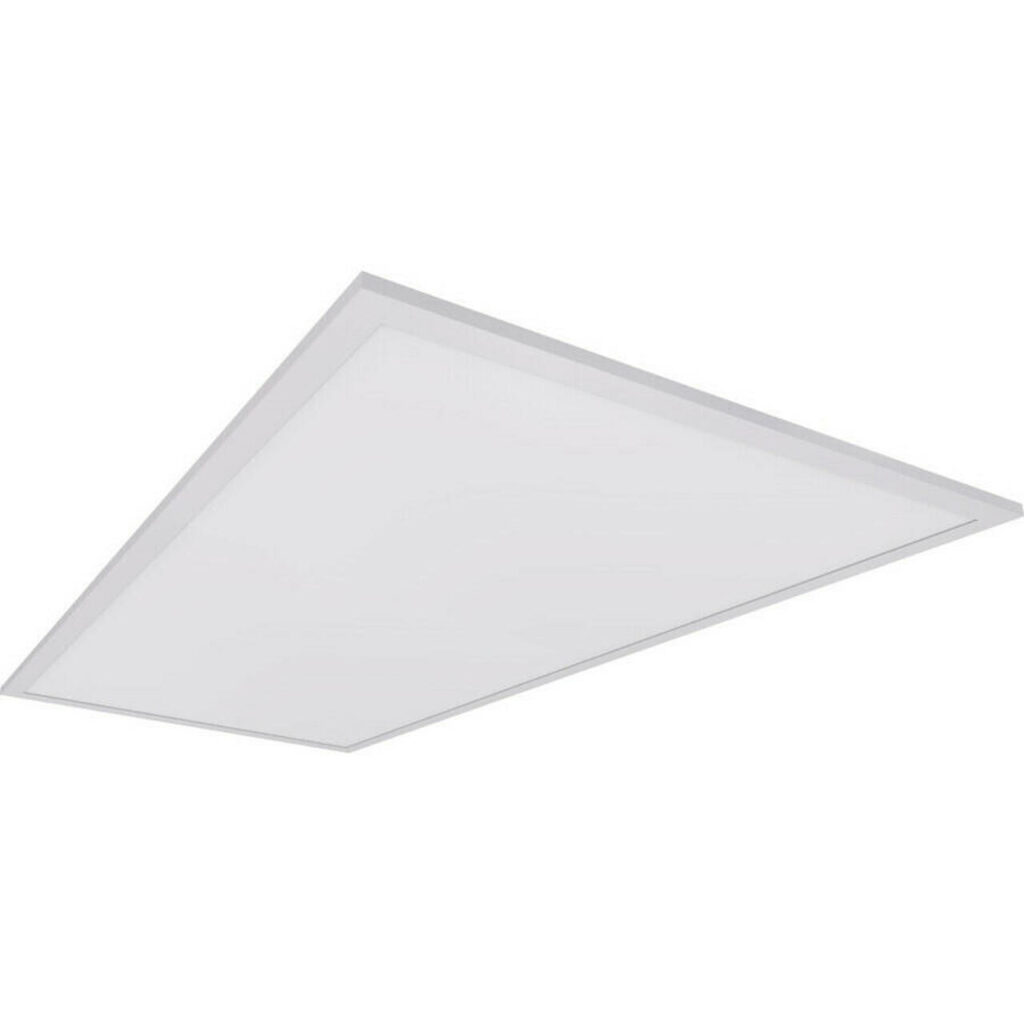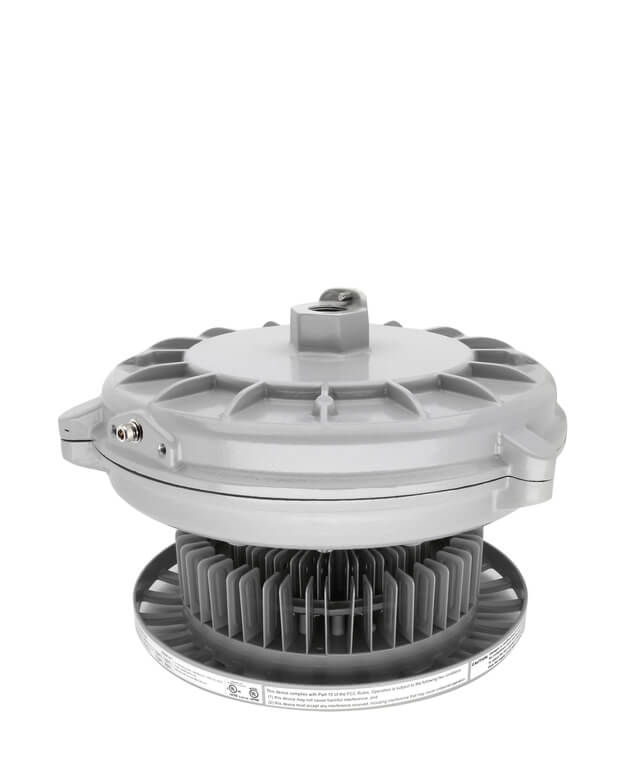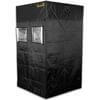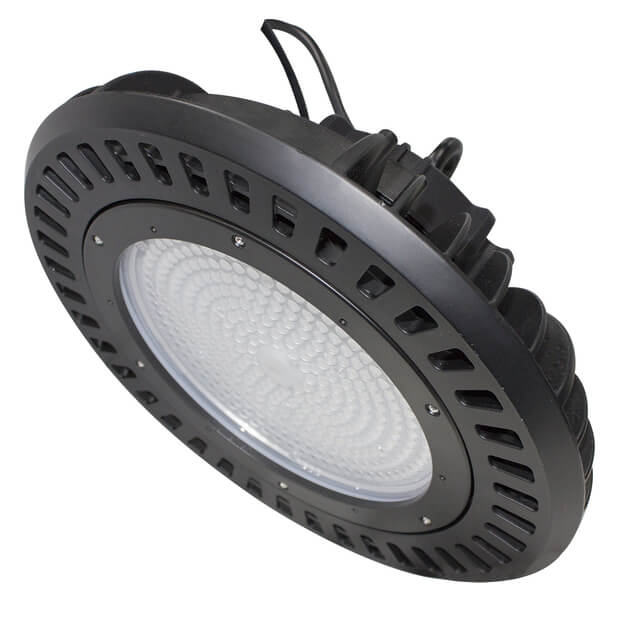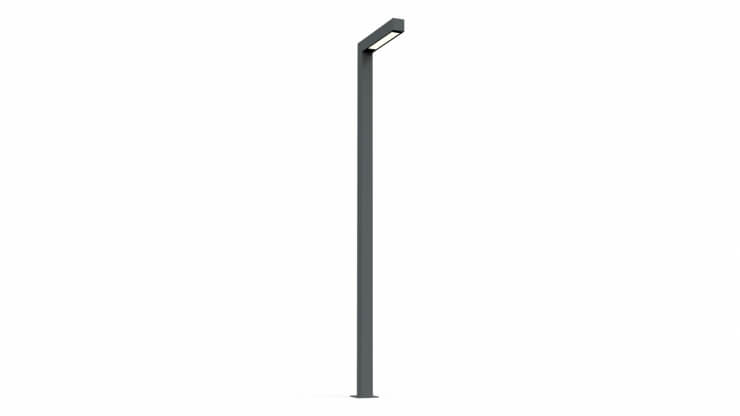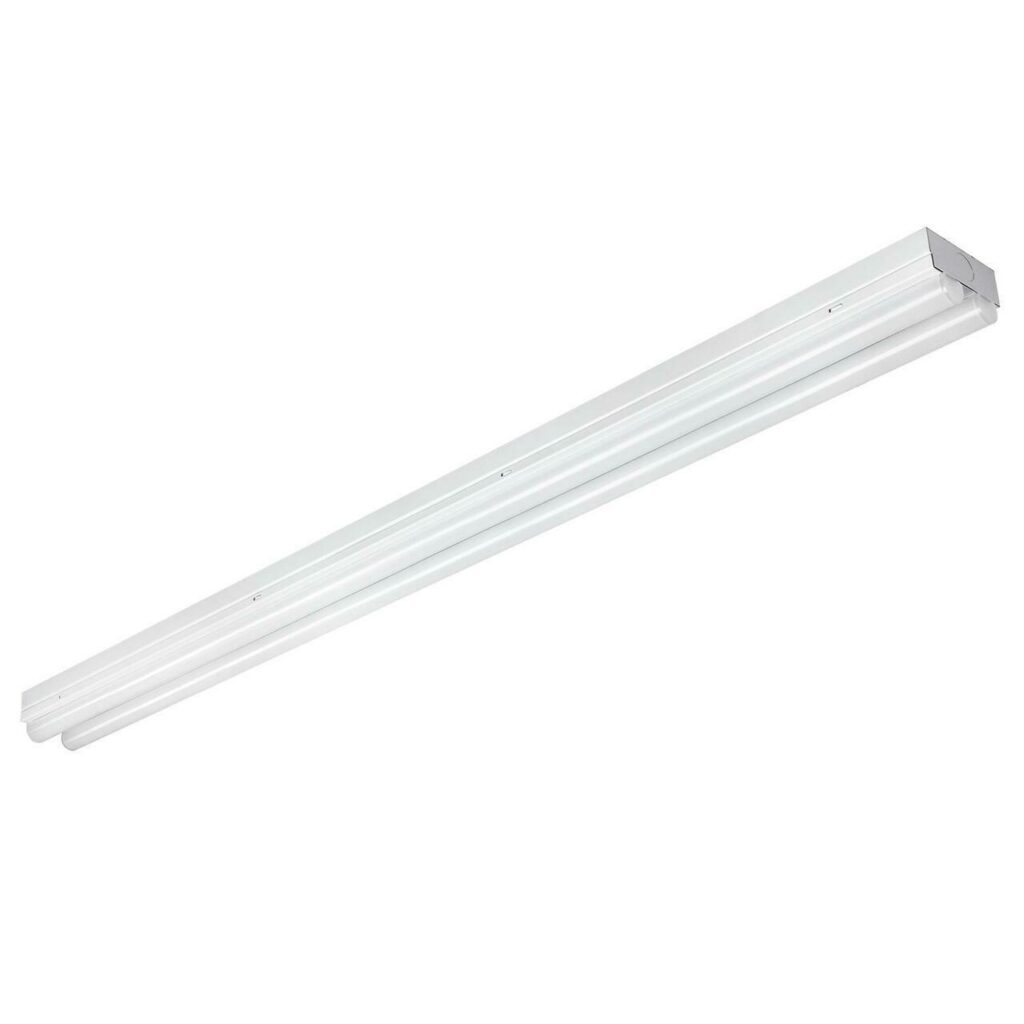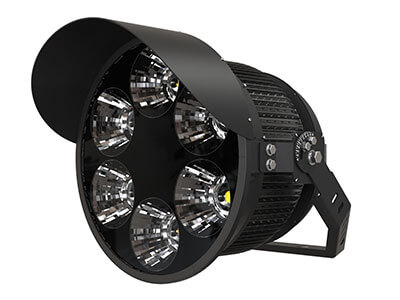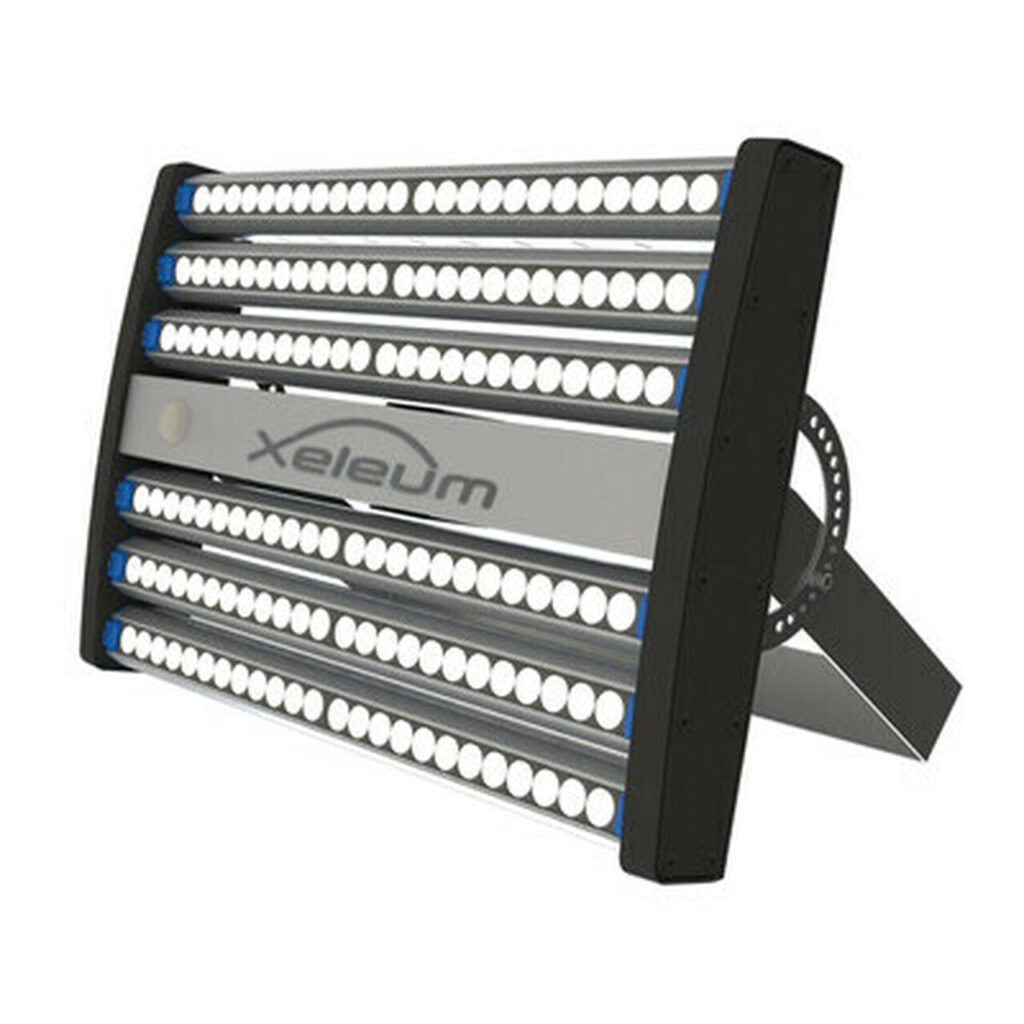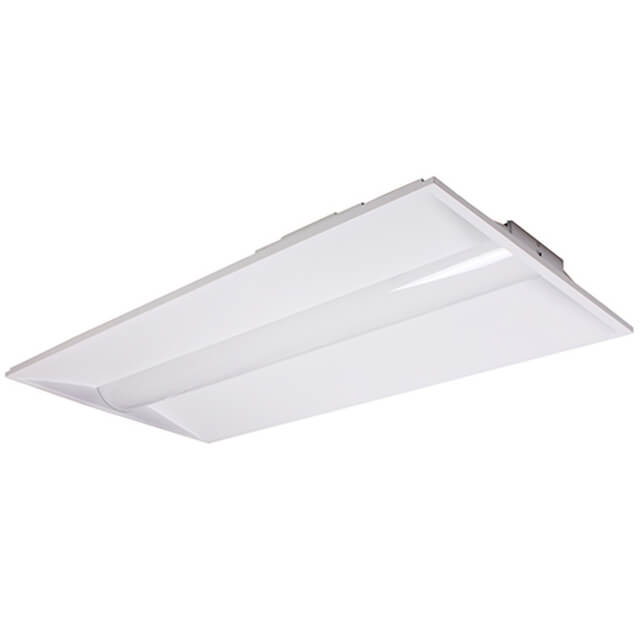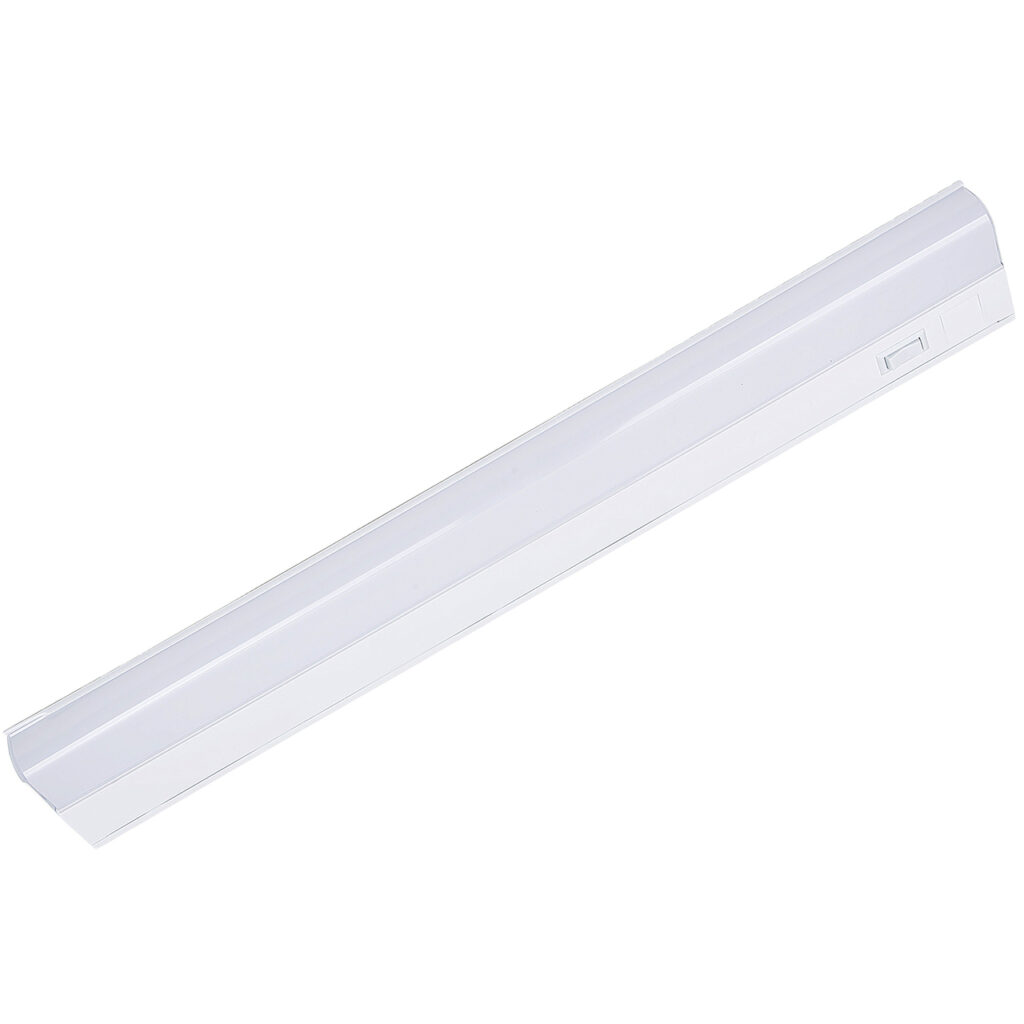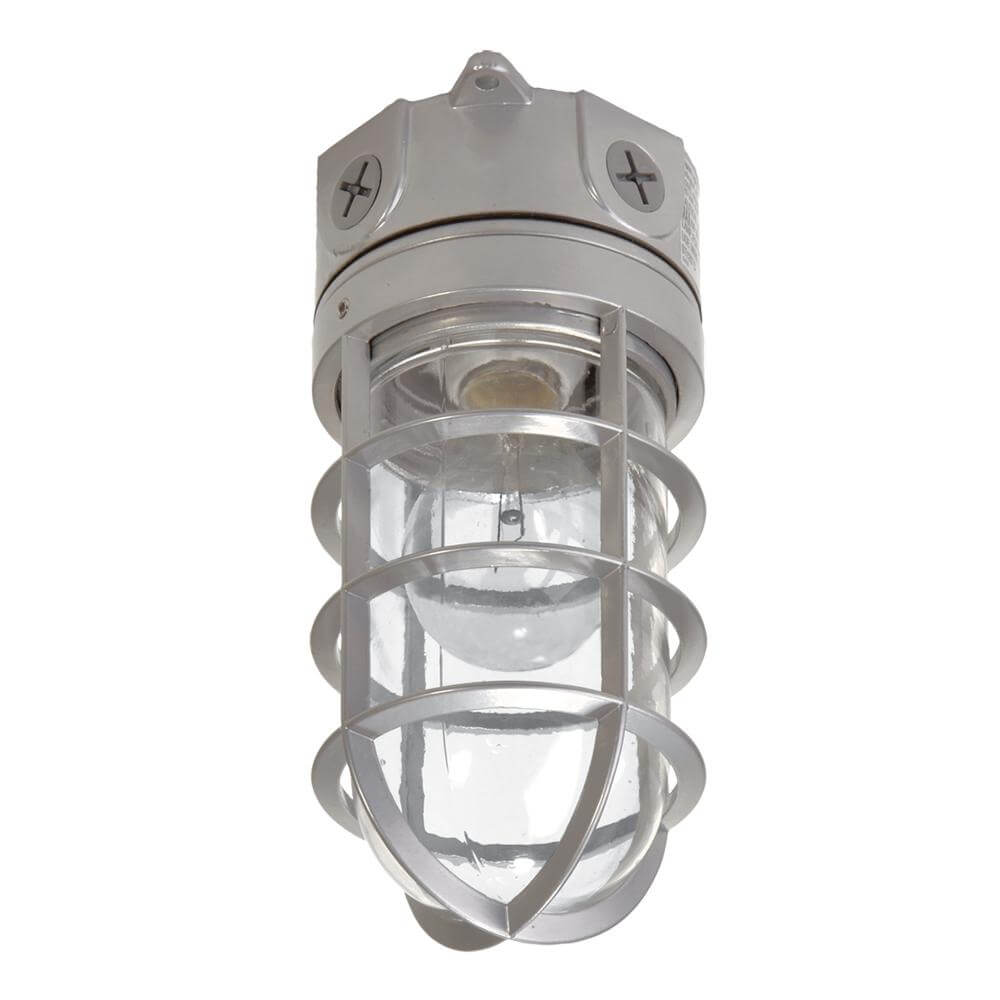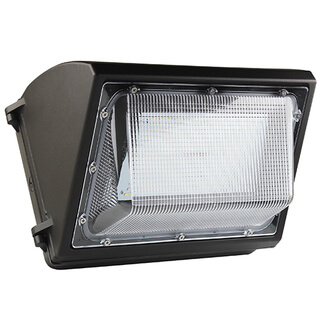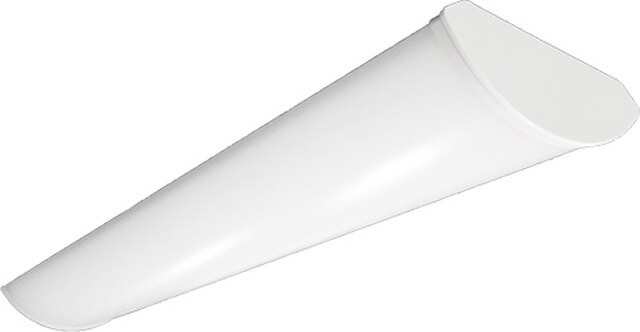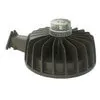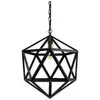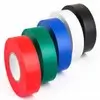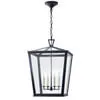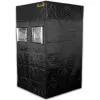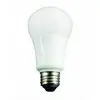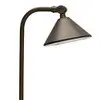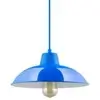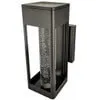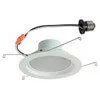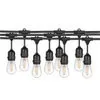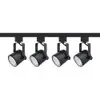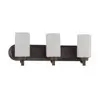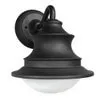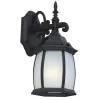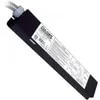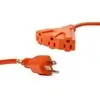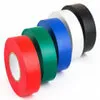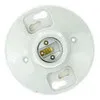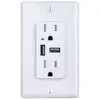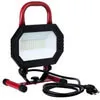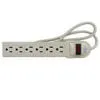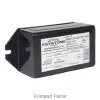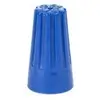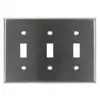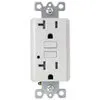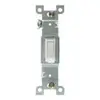Did you know that the hottest thing in the universe is the surface of a dead star in the Red Spider Nebula which is around 250,000 F? Whatever the case, the temperature is an important thing. What you might not know is that temperature plays a big part even in lighting and the color of lighting.
This is precisely what Kelvin color temperature is when it comes to light bulbs and light fixtures. But how does it work exactly and what should you know about it? Also, why is it important?
Keep reading and learn more about how the color temperature of light can make a big difference.
What You Need to Know About Kelvin
You might have heard of measuring the temperature in terms of Fahrenheit or Celsius, but you might not be familiar with Kelvin. This is because Kelvin is not often used to measure the temperature of the weather or your food. Instead, Kelvin is usually used as a more scientific measurement which is why you will often see it used as a measurement in the realm of light bulbs as well as other scientific realms.
What is Kelvin in Lighting?
Kelvin is a unit of thermodynamic temperature. It has more or less the same importance and uses as Celsius. Kelvin is usually abbreviated by the letter K.
Whatever number Kelvin is, it will affect the color of a light bulb. For example, if a light bulb has a high K rating, then that light bulb will be lighter than usual. The color will also tell you how hot the inside of the light bulb is.
The higher the K rating is, the hotter the inside of the light will be. As a result, the inside of the light will also be very bright and white. On the other hand, if the inside of the bulb is not as hot, then the light that is produced will be a bit duller and warmer.
Understanding this variation is important for a variety of reasons. After all, daylight color temperature is much different than the color temperature of light you might use in a factory. The Kelvin light scale is not hard to understand, but it is quite varied.
The Details
The resulting temperature also has to do with there that light might function best. For example, a light that isn’t very hot and has a dull, warm yellow glow will likely be best for a home environment or perhaps a spa or other relaxing place. This color is more relaxing and it won’t blast your eyes as soon as you turn it on.
This is quite a different matter if you have a large space that needs a lot of light. In that case, you would obviously want a light that provides as much illumination as possible. That way, light could spread more easily across that large space whether it be a warehouse or a factory, or something in between.
However, it is important to understand the individual temperatures in side bulbs to better understand how those temperatures correlate with the color of the resulting light.
Kelvin Temperature Ranges and Light Bulb Colors
Let’s first start with the lowest temperature range: below 2,000K. While this is still quite hot, it is relatively cool for a light bulb. This low temperature will produce a relatively dim light without much color.
It is very similar to the light of a candle. For that reason, it is best for relaxing residential lighting environments such as the bedroom, bathroom, a spa, and so on. It certainly won’t provide enough light for regular living spaces. Instead, you would want a light that is slightly hotter, around 3,000K.
This temperature will provide the bulb with a soft, somewhat yellow glow. It will be bright enough to put in various areas of the house such as your living room or kitchen. It is easy on the eyes since it is not particularly harsh or bright.
3,100K to 4,500K is when the light will start to get quite a lot brighter. Because it is a lot brighter, it will work better in places where lots of light is essential such as your office space or a vanity. The color of the light will start to lose some of its yellow hues at this point.
What You Need to Know
Between 4,600K and 6,500K, the light will get even brighter and turn somewhat of a whitish-blue color. Many people find that this color is quite similar to the color and brightness of sunlight. For that reason, it may not be best to have this lighting in certain regions of your house such as the bedroom since it is very bright.
Instead, try using it in areas where you really need a lot of light such as lighting for commercial outdoor areas, a large office, or parking garage. This lighting would also be good for commercial office spaces. Above 6,500K is one of the brightest lights you can get.
It is a white light and it is usually not best for residential areas because it is too harsh on the eyes. Instead, it is best for large industrial or commercial areas that require a lot of light such as factories or warehouses.
What is color temperature?
Color temperature is a measure of the color appearance of a light source, typically measured in degrees Kelvin (K). It describes the relative warmth or coolness of a light source, with lower color temperatures appearing as warm, yellow, or red hues and higher color temperatures appearing as cool, blue hues. For example, an incandescent light bulb has a color temperature of around 2700K, while daylight has a color temperature of around 6500K.
- Color temperature is a way to describe the light appearance provided by a light bulb. It is measured in degrees of Kelvin (K) on a scale from 1,000 to 10,000.
- Typically, Kelvin temperatures for commercial and residential lighting applications fall somewhere on a scale from 2000K to 6500K.
- A light bulb’s color temperature lets us know what the look and feel of the light produced will be.
- The color temperature of a light bulb is assigned using the basis of correlated color temperature (CCT).
- At the lower end of the scale, from 2000K to 3000K, the light produced is called “warm white” and ranges from orange to yellow-white in appearance.
- Color temperatures between 3100K and 4500K are referred to as “cool white” or “bright white.” Light bulbs within this range will emit a more neutral white light and may even have a slightly blue tint.
- Above 4500K brings us into the “daylight” color temperature of light. Light bulbs with color temperatures of 4500K and above will give off a blue-white light that mimics daylight.
All About Kelvin Color Temperature
Kelvin color temperature is an important thing to consider when getting light bulbs. Lower temperatures will result in a duller and more relaxing light. Higher temperatures, on the other hand, will produce a bright white or yellowish light.
By knowing these temperatures, you can better pick the right type of lighting. To learn more about our commercial light fixture options, visit our main Lighting and Supplies website to shop over 400,000 lighting and electrical components online or by contacting us today for a quote! Call: 888-325-4448













